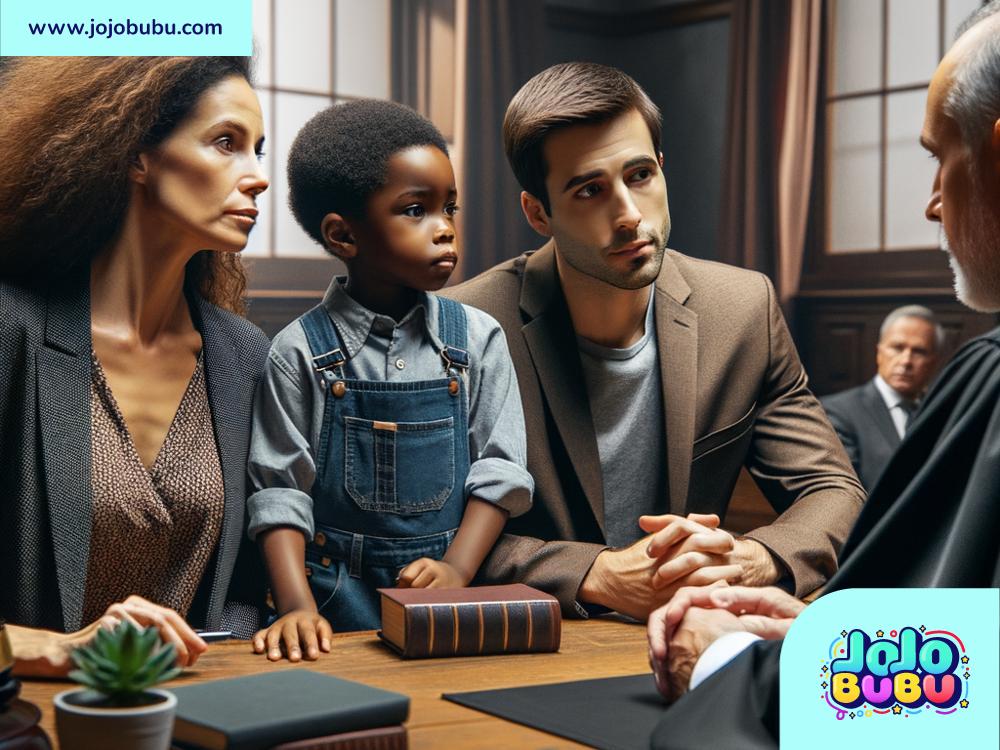Understanding Legal Guardianship and Custody Issues: A Simple Overview
When it comes to caregiving for children, the terms "legal guardianship" and "custody" often come up. These terms are important because they involve the rights and responsibilities adults have regarding a child’s upbringing, safety, and overall care. While they may seem interchangeable, guardianship and custody are actually different arrangements. This article will break down these concepts in simple English to help you understand them better.
What is Legal Guardianship?
Legal guardianship happens when someone who is not the biological parent is appointed by a court to care for a child. This is often necessary when the biological parents are unable to fulfill their duties due to illness, death, absence, or personal challenges like addiction. Legal guardianship gives the appointed guardian specific rights and responsibilities, similar to those held by biological parents.
Being a legal guardian means you are responsible for the physical care and well-being of the child. You make decisions about their education, healthcare, and general welfare. However, guardianship is not permanent in all cases—it can be temporary or long-term, depending on the situation and the court’s decision.
What is Custody?
Custody is a legal term used to describe parental rights regarding a child’s care and upbringing. Custody issues most commonly arise during divorce or separation cases. There are two main types of custody:
-
Physical Custody: This refers to where the child lives and who takes care of their daily needs. The parent with physical custody provides food, shelter, and supervision.
-
Legal Custody: This refers to the ability to make important decisions about the child’s education, healthcare, religion, and other aspects of their life. Legal custody can be shared between both parents, even if the child physically resides with just one of them.
Custody can be sole (one parent has full responsibility) or joint (both parents share these responsibilities). The specifics depend on the court’s decision, which is guided by what is in the child’s best interests.
Key Differences Between Guardianship and Custody
While guardianship and custody involve caregiving for a child, they aren’t the same:
-
Relationship to the Child:
- Custody typically involves biological or adoptive parents who are separating or divorcing.
- Guardianship involves a caregiver, often a relative or close friend, stepping in when the parents cannot or are unavailable.
-
Court Involvement:
- Custody decisions usually stem from family law matters like divorce or separation.
- Guardianship is assigned by the court under different circumstances, such as the death of a parent or situations where the parents are unfit to care for the child.
-
Duration:
- Custody arrangements are often ongoing unless modified by a court later.
- Guardianship can be temporary (lasting until the parents regain stability) or long-term. In some cases, it lasts until the child turns 18.
-
Parental Roles:
- In custody agreements, parents retain certain rights even if one parent has sole custody.
- Guardianship tends to give broader caregiving rights to the guardian, and parents may lose their rights temporarily or permanently, depending on the circumstances.
Common Issues in Guardianship and Custody Cases
When legal guardianship or custody is involved, emotions can run high, and conflicts can arise. Here are some common issues people face:
-
Disputes Over Who Should Be the Guardian: Family members or close friends may disagree on who is best suited to care for the child. The court decides based on what’s in the child’s best interests.
-
Custody Battles During Divorce: Parents often disagree over who should have physical or legal custody or whether custody should be shared. Courts try to ensure the child’s emotional and physical well-being when making these decisions.
-
Parental Rights Termination: In severe cases, a parent may lose custody rights due to neglect, abuse, addiction, or other harmful behaviors. Guardianship may then be assigned to a suitable person.
-
Modification Requests: Life circumstances change, and one parent or guardian may ask the court to modify existing custody or guardianship arrangements. This often involves proving that changes will benefit the child.
-
Visitation Disputes: In custody cases, the non-custodial parent may struggle to maintain regular visitation. Courts often set visitation schedules to ensure the child maintains a healthy relationship with both parents.
What Does “Best Interests of the Child” Mean?
You will often hear the term “best interests of the child” in guardianship or custody cases. This is the guiding principle courts use when making decisions. Factors that influence this include:
- The child’s physical and emotional needs.
- The stability and safety of the home environment.
- The child’s relationship with parents, guardians, or other caregivers.
- The ability of the caregiver to provide for the child’s needs.
- The child’s own wishes (depending on their age and maturity).
Conclusion: Seeking Help in Tough Situations
Both guardianship and custody decisions are crucial for ensuring a child’s safety, stability, and well-being. While these situations can be complex, it’s important to seek legal advice if you face guardianship or custody challenges. Lawyers, social workers, and family counselors can help guide you through the process and ensure the child’s best interests are prioritized.
At the end of the day, the goal of any guardianship or custody arrangement is to provide a nurturing and stable environment for the child to grow and thrive. By understanding these concepts and working through legal processes carefully, parents, guardians, and caregivers can navigate these tough situations and ensure they make decisions that truly benefit the child.

